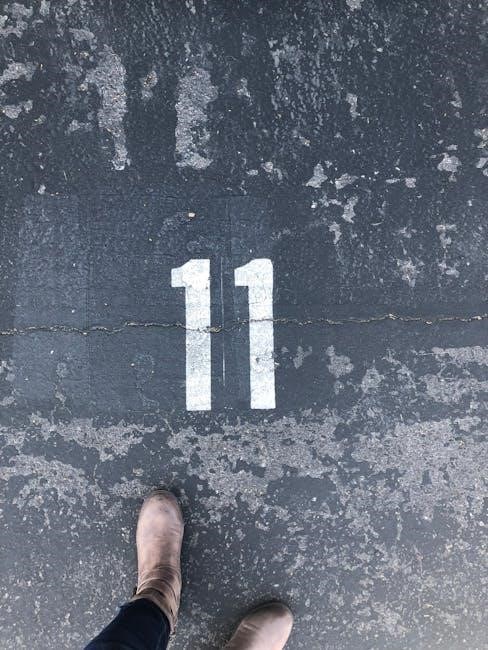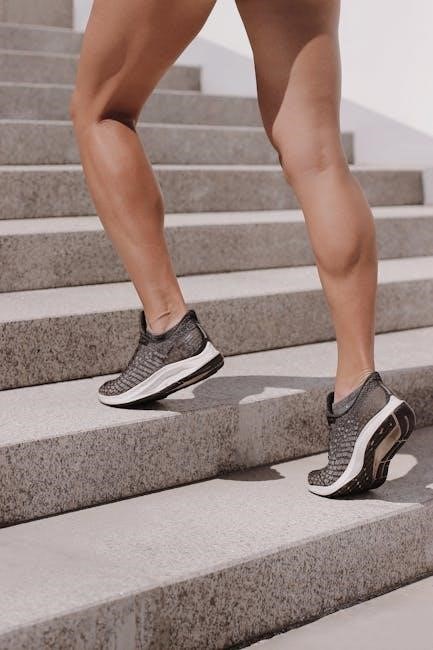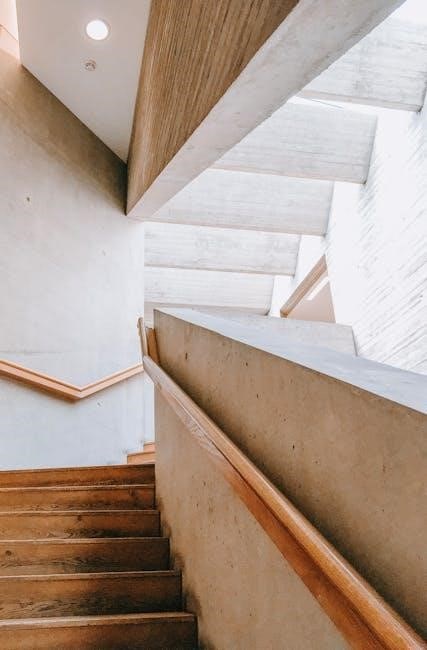Step-by-Step Guide to Gel Nails
Want salon-worthy gel nails at home that last? Our step-by-step guide covers everything from nail prep to curing. Achieve a flawless, long-lasting manicure with our easy instructions, ensuring professional-looking results in the comfort of your own home.
Gel nails have revolutionized the world of manicures, offering a durable and glossy finish that can last for weeks without chipping. Unlike traditional nail polish, gel polish requires curing under a UV or LED lamp to harden and adhere to the nail, creating a strong and resilient layer. This process involves a chemical reaction where the resin in the gel polish reacts to the specific wavelengths emitted by the lamp, resulting in a hardened and long-lasting manicure.
The popularity of gel nails stems from their ability to maintain a flawless appearance for an extended period. Achieving a salon-quality gel manicure at home is now easier than ever, thanks to readily available materials and detailed step-by-step guides. By following the correct procedures, even beginners can create stunning gel nails that rival professional results, saving both time and money. Whether you’re looking for a simple, elegant look or a more elaborate design, gel nails offer endless possibilities for expressing your personal style.

Preparation
Thorough preparation is key to a long-lasting gel manicure; Ensure nails are clean, dry, and free from oils. Proper prep prevents lifting and ensures the gel adheres effectively, resulting in a flawless finish.
Nail Shaping and Filing
Begin by positioning a dust collector under your hand. Next, shape your nails to your desired length and form using a nail file. Gently file, ensuring a smooth, even edge. Work in one direction to prevent splitting or weakening the nail. Consider the overall look you want to achieve – square, oval, round, or almond – and file accordingly. Remember to maintain a consistent shape across all nails for a professional appearance.
For those with existing gel enhancements, use an e-file to smooth the surface, creating a subtle arch. Thin the product near the cuticle and free edge while leaving it slightly thicker at the mid-point for strength. This step requires a gentle hand to avoid damaging the natural nail. After filing, remove any dust or debris with a nail brush to prepare for the next step in your gel manicure process.
Cuticle Prep (Pushing Back and Softening)
Proper cuticle preparation is essential for a long-lasting and clean gel manicure. Begin by applying a cuticle softener or remover to the cuticle area. This helps to loosen and soften the skin, making it easier to work with. Allow the softener to sit for the recommended time, as indicated on the product label.
Next, gently push back your cuticles using a cuticle pusher or an orange stick. Be careful not to apply too much pressure, as this can damage the nail bed. The goal is to create a clean surface for the gel polish to adhere to. Avoid cutting the cuticles, as this can increase the risk of infection. Instead, focus on gently pushing them back and removing any dead skin. If necessary, use a cuticle nipper to carefully trim any hangnails or excess skin around the cuticle area. Remember to sanitize your tools before and after use to maintain hygiene.
Buffing the Nail Surface
Buffing the nail surface is a crucial step for ensuring the gel polish adheres properly and lasts longer. After shaping and prepping your cuticles, use a nail buffer to gently remove the shine from the natural nail. The goal is to create a slightly rough surface that the gel polish can grip onto.
Use a fine-grit buffer to avoid over-buffing, which can thin the nail and cause damage. Gently buff the entire nail surface in a back-and-forth motion, paying attention to the edges and corners. Be sure to remove any ridges or imperfections on the nail surface for a smooth and even application. After buffing, your nails should appear dull and slightly textured. This step is essential for preventing lifting and peeling of the gel polish. Avoid using a coarse file, as this can create deep scratches on the nail plate.
Cleaning and Dehydrating the Nail
Cleaning and dehydrating the nail is a critical step to ensure proper gel adhesion and prevent lifting. After buffing, remove any dust or debris from the nail surface using a lint-free wipe and a nail cleanser or alcohol. This step removes oils and residue that can interfere with the gel’s ability to bond to the nail plate.
Apply a nail dehydrator to each nail, focusing on the cuticle area and sidewalls. A dehydrator removes any remaining moisture from the nail surface, creating an ideal environment for gel application. Allow the dehydrator to air dry completely before proceeding. Avoid touching the nail surface after dehydrating to prevent reintroducing oils or contaminants. Ensure the nail is completely dry and clean before applying the base coat. This step significantly improves the longevity and quality of your gel manicure, minimizing the risk of chipping or peeling.

Application
With your nails prepped, it’s time to apply the gel polish. This section covers base coat, thin color coats, curing under a UV/LED lamp, and top coat application. Follow these steps carefully for a flawless gel manicure.

Base Coat Application
After prepping your nails, the next crucial step is applying the base coat; This layer acts like a primer, promoting adhesion and protecting the natural nail. Start by applying a thin, even layer of gel base coat to each nail. Be careful not to flood the cuticles, as this can cause lifting and peeling.
Apply the brush in the center of the nail, if you start too close to the cuticle, when the product settles it will flood the cuticle. Make sure to cap the edges of your nails to prevent chipping.
Cure the base coat under a UV or LED lamp according to the manufacturer’s instructions. This typically takes between 30 to 60 seconds for LED lamps, and two minutes for UV lamps, but be sure to check the instructions. A properly cured base coat provides a smooth and durable foundation for the color gel polish.
Applying Thin Coats of Gel Polish
Once the base coat is cured, it’s time to apply the gel polish color. The key to a flawless gel manicure is applying thin, even coats. It is normal for the first coat to be streaky. Begin by applying a thin layer to each nail, avoiding the skin and cuticles. Apply each layer in a thin coat all the way to the edges of the nail. Be sure to avoid getting the gel polish on your skin or cuticles, as this can cause lifting and peeling.
Cure the first coat under the UV/LED lamp for the recommended time. Then, apply a second thin coat of gel polish, clean cuticles if necessary, and cure again. If after the second coat the polish is still streaky or opaque, apply a third thin coat and repeat steps.
Curing Under a UV/LED Lamp
Curing is a crucial step in the gel nail process. The resin in the gel nail polish reacts to the wavelengths emitted by the lamp and it hardens, adhering to the nail. Each layer of gel polish must be fully cured under either a UV or LED lamp, depending on the type of gel polish you are using. Refer to the gel polish instructions for the correct curing time, which typically ranges from 30 seconds to 2 minutes per coat.
Place your hand (or fingers, if using a smaller lamp) under the lamp, ensuring that all nails are evenly exposed to the light. Once the time is up, remove your hand. After it cures, it will be much harder to fix.
Top Coat Application and Curing
After applying and curing your desired coats of gel polish, it’s time for the top coat! The top coat seals in the color, adds shine, and protects your manicure from chipping. Apply a thin, even layer of gel top coat over the entire nail surface, being careful to cap the free edge to prevent shrinkage and chipping. Avoid getting the gel polish on your skin or cuticles, as this can cause lifting and peeling.
Once the top coat is applied, immediately cure it under the UV/LED lamp according to the manufacturer’s instructions. Ensure complete curing for a durable, glossy finish. If you do get gel polish on your skin, use a brush or cotton swab dipped.

Finishing Touches
After curing the top coat, cleanse the nail surface to remove the sticky residue. Finally, hydrate your cuticles with cuticle oil. This completes your at-home gel manicure, leaving your nails looking beautiful and healthy.
Cleansing and Hydrating
After the final curing of your top coat, a sticky residue often remains on the nail surface. This is a normal byproduct of the gel curing process and is easily removed with a cleanser. Take a lint-free wipe and saturate it with a gel cleanser solution. Gently wipe each nail to eliminate the sticky layer, revealing the high-shine finish of your gel manicure.
Once the cleansing is complete, hydration is the next essential step. Apply cuticle oil to the base of each nail, massaging it gently into the surrounding skin. Cuticle oil helps to nourish and moisturize the cuticles, preventing them from drying out and cracking. This step is crucial for maintaining healthy nails and promoting long-lasting gel manicures. Hydrated cuticles also enhance the overall appearance of your manicure, giving your nails a polished and well-cared-for look.
Regular application of cuticle oil is recommended, even after the initial manicure, to keep your nails and cuticles in optimal condition.
